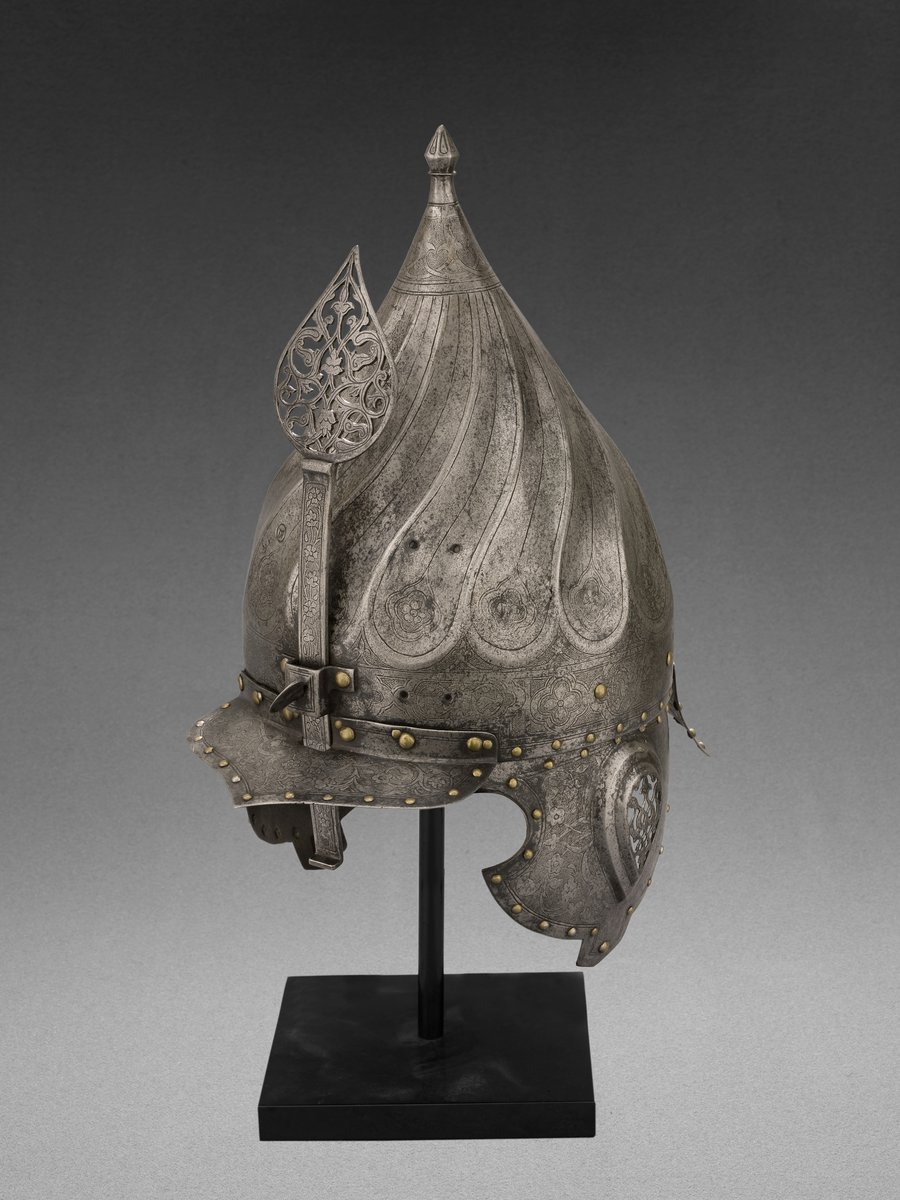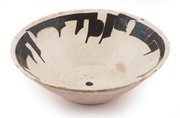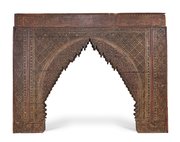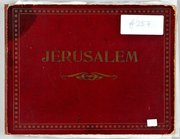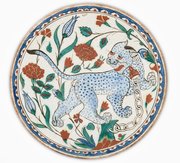
Helmet
Museum of Islamic Art
- Title:
- Helmet
- Production place:
- Turkey
- Date:
- 1500 - 1525
- Period:
- Ottoman
- Title:
- Helmet
- Production place:
- Turkey
- Date:
- 1500 - 1525
- Period:
- Ottoman
- Material:
- Steel, Iron, Gold, Leather
- Technique:
- Forging, Assembling, Fluting, Engraving, Openwork, Piercing, Gilding, Riveting, Peening
- Dimensions:
- 44.6 × 22.3 × 33.6
This helmet is called a turban helmet because of its bulbous shape and spiral form, which simulates the folded textiles seen wrapped around the heads of Ottoman Turks. Such helmets were produced in various workshops in Turkey and Iran from around the 8th to 10th centuries AH/14th to 16th centuries CE, during the period of the Aq Qoyunlu dynasty (which originated in central Turkey but later expanded its rule over Herat and Baghdad) and the Shirvanshahs (who proceeded rule over the Aq Qoyunlu's, in the vassal state of modern day Azerbaijan). This helmet is forged from steel and forms a fluted bowl that tapers to a conical finial. It has kept its nose-guard, an original feature of such helmets from this period, which is decorated in an open-work pattern similar to that which appears on its cheek protectors. The helmet is further decorated with fine engraved floral scrollwork. The addition of single rows of gilded studs and the remains of leather on the helmet's underside indicate that this helmet was originally lined in order to protect its wearer from chafing. The helmet is marked with the stamp of the Ottoman arsenal of St. Irene, Istanbul – formed by Sultan Mehmet II (r. 854-886 AH/1451-81 CE) in the 9th century AH/15th century CE – which served as the imperial depot for military equipment and booty until 1255 AH/1839 CE, when it was cleared by Abdulmejid I (r. 1255-78 AH/1839-61 CE). At this time, many fine examples of armoury found their way into Western collections.
